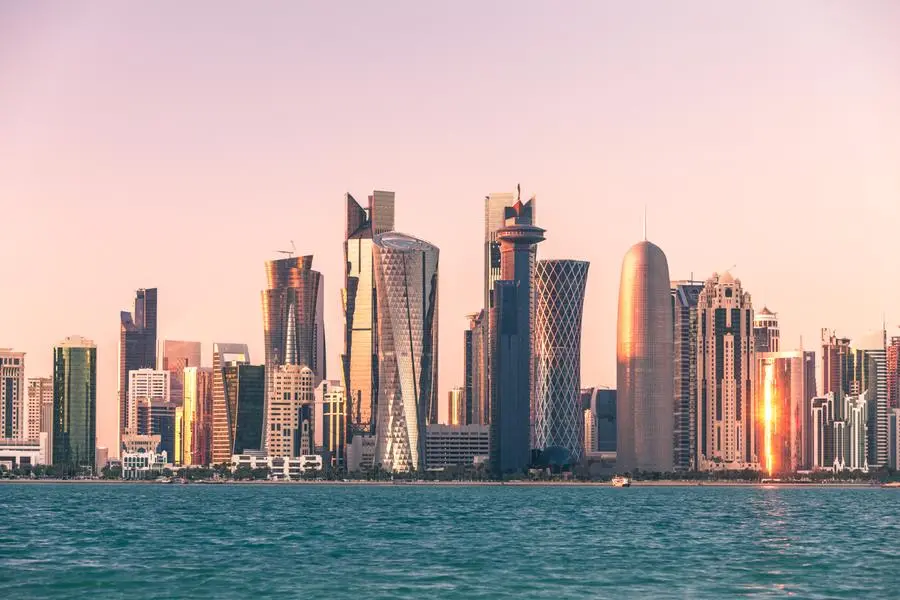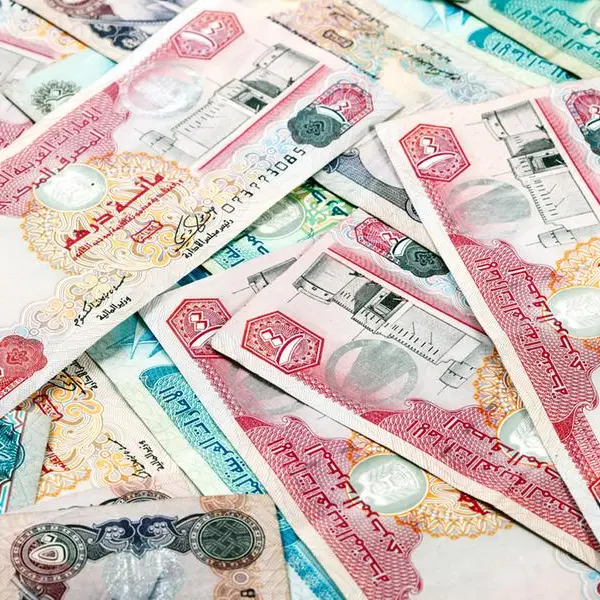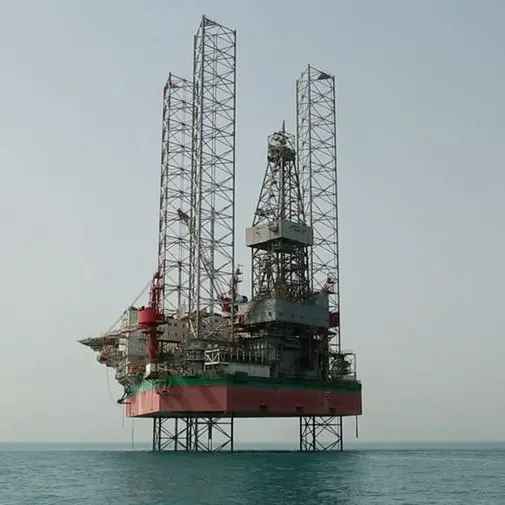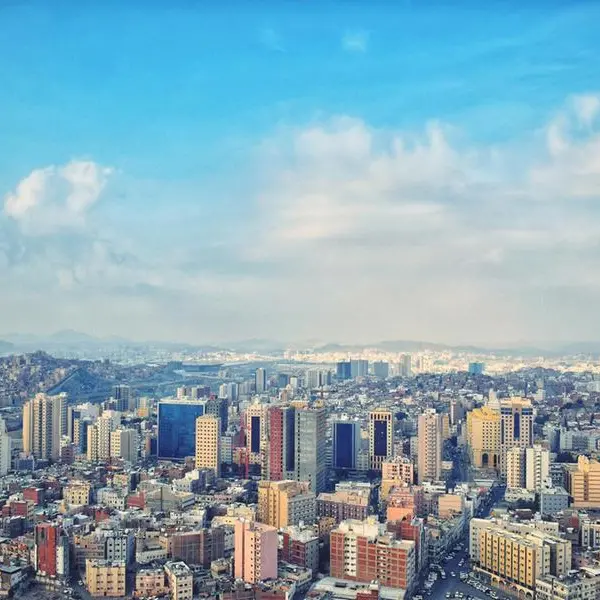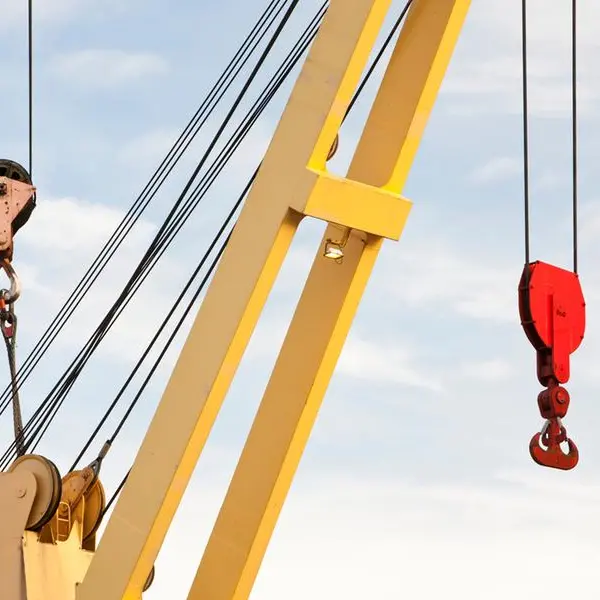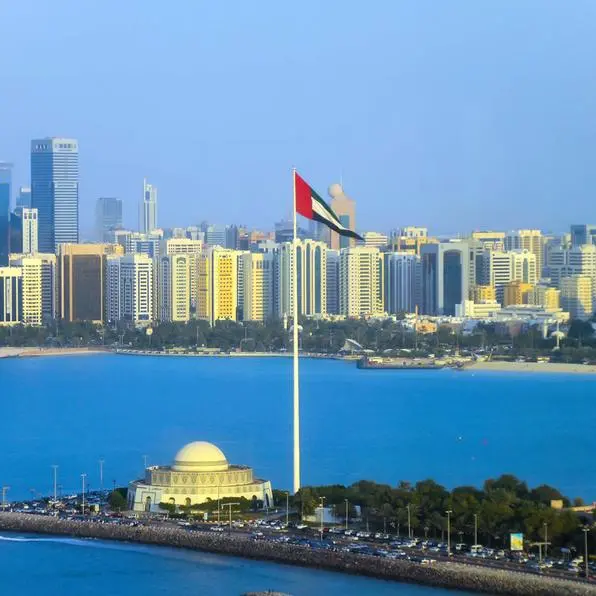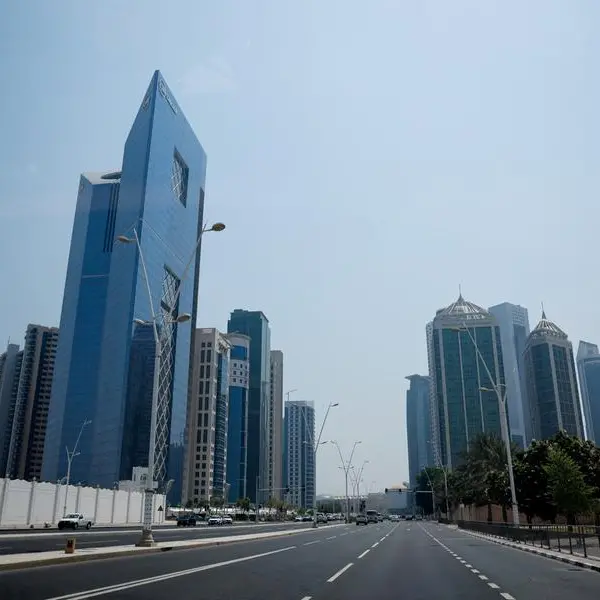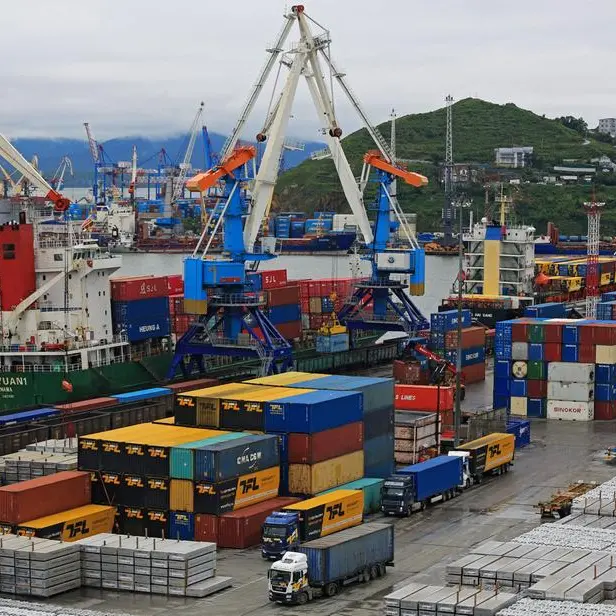PHOTO
Moody's Investors Service has changed the outlook on Qatar to positive from stable as the gas importer improved its debt metrics in 2021-22 due to elevated energy prices, which can be sustained in the medium term, even if prices moderate in few years.
The ratings agency also affirmed Qatar's long-term issuer and foreign currency senior unsecured debt ratings at Aa3 and the government's (P)Aa3 foreign-currency senior unsecured medium-term note program rating.
"Qatar's planned expansion of its liquefied natural gas (LNG) production capacity and the likelihood that the government reduces capital spending after hosting the FIFA World Cup this year have the potential to compensate for lower revenue due to lower energy prices and hence prevent a deterioration in debt metrics over the longer term," said Moody's in a new report on Wednesday.
Additionally, Qatar's exceptionally high level of per-capita income, vast hydrocarbon reserves with low extraction costs, the government's robust net asset position, and an established track record of macroeconomic and fiscal policy effectiveness are supportive factors, it said.
A surge in oil and LNG prices since 2020 has generated a large revenue windfall for Qatar, turning its small fiscal deficit in 2020 and balanced budget in 2021 into a large fiscal surplus this year. Based on the assumption that oil prices average around $100/barrel this year, Moody's estimates that the fiscal surplus will be around 9.5% of GDP in 2022, offering the government an opportunity to reduce its debt burden below the level last seen in 2016, when its outstanding debt was equivalent to around 47% of GDP.
Plus, Qatar's plans to expand natural gas and LNG production capacity by adding six new liquefaction trains, aims to increase LNG output by 40% to 110 million tons per annum (mtpa) during 2025-27 and another 15% (to 126 mtpa) during 2027-28. This is set to significantly increase LNG exports, the output of natural gas condensate, and the related government revenue.
Over the next few years, Qatar's fiscal performance is also likely to benefit from spending cuts as most major planned infrastructure projects, related to the 2022 FIFA World Cup are now completed. Over the past 10 years the government spent around $20 billion per year on average developing and upgrading infrastructure.
Significant spending reduction and higher hydrocarbon output over the next five years would make government finances more resilient to potential future declines in oil prices and, in Moody's view, has the potential to fully offset the negative fiscal impact of moderating energy prices toward the end of the decade.
(Reporting by Brinda Darasha; editing by Seban Scaria)
